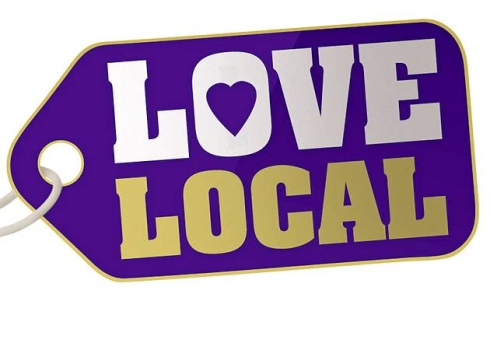BLOG
Four Simple Local Marketing Strategies To Create Explosive Business Growth
Google has been making moves favoring local search results for some time.
In 2009, they wrote Google becomes more local.
In 2012, they wrote about an acquisition and the impact Google+ would have on local marketing with Local—now a dash of Zagat and a sprinkle of Google+.
Google, more than anyone, sees that people are searching for things relating to their location.
For businesses, there is an opportunity to focus on a Google local strategy.
If your business sells or has the potential to sell to consumers locally, here are the strategies you’ll need to implement.
When you think of someone searching for information in your area what do you imagine?
If you’ve seen people today you know that most are using their smartphones to look for information. Today these people are typing information into Google on their phones. Tomorrow, they’ll probably be speaking search terms into their phone.
Either way, people – your customers – are using their smartphones to find information.
You can create the content to attract people to your website, but the experience on your site needs to be a good one if you want to convert those visitors into customers.
Action Step: Hire a designer. Optimise your website for the mobile experience. Responsive design can make this happen. You create one website and it automatically changes the experience for users based on the device they’re using.
Once you’ve developed your mobile website you’ll need to optimise the content so users can find you.
The strategies aren’t that different based on devices, but for a local strategy you need to speak the language your potential customers are using when they look for information.
Here’s an example – a French-Spanish fusion restaurant. You might think that you’d have to use keywords in your content, title tags, meta information, etc. that uses your city. This is a good idea, but Google has taken steps to help you out.
Now, Google can tell where users are when they’re searching. They’ll show local content for certain searches even if you don’t include your location information in the SEO optimisation areas.
Action Step: Optimise the basic SEO items like title tags, URLs, meta information. On a universal element of your website (header, footer, etc.) publish your contact information including full address, phone number, etc. This gives a clear indication of where you are located.
Optimising your website for search is one thing, but SEO is about more than static content today.
You’ve probably noticed fresh content in the search results beginning a couple years ago. Google saw that people preferred updated information so for many searches they started using date information available on web pages.
What does this mean for you?
Google will show information that is relevant and a big indicator of relevancy is freshness.
Action Step: Setup a content calendar for your website. Update the normally static content on a regular basis. This is the Homepage, About page, Contact information, etc. Implement a blogging strategy or some content strategy that encourages frequently fresh content. Write about new trends in your industry. Answer common questions. Make your own news by sharing updated content that you create. An example might be a restaurant showing off a new dish or drink.
Finally, Google+ is a way to provide information about your business to Google. We’re seeing that Google is using more local information in the search results. Creating a Google+ page for your business is how you opt-in in a sense to Google’s local marketing program.
Google wants to gain as much information about you and your business as you’re willing to share. In return, Google promises to provide you with traffic opportunities to your business and website that can lead to sales.
Action Step: Setup your Google+ page. Include all the relative information. From there it’s necessary to build an audience around your Google+ presence. To do this, share your fresh blog content on Google+. Use snippets from those posts to give followers something valuable as well as reason to come back to your website. Use all forms of content – text, image, video, etc. Some call it engagement, but really it’s about building an audience of your target customers that will let you market to them over time.
Conclusion
Over the last couple years it’s become obvious that Google (and other online channels) have focused on the local aspect of the world.
For businesses, this means creating an online local strategy that will attract Google users to a website or straight to a business.
Follow the strategies outlined above and you’ll put yourself and your company in a position to succeed.
The local movement will continue to grow.
Now is the time to take action to position your company for success.
Did we miss anything?
We want to hear your thoughts.











